At CarMax Vehicle, we understand that selecting the right flatbed trailer is pivotal for efficient transportation and logistics. The dimensions of a flatbed trailer play a crucial role in determining its suitability for various cargo types, compliance with regulations, and overall performance. This comprehensive guide delves into the intricacies of flatbed trailer dimensions, providing you with the knowledge to make informed decisions for your transportation needs.
Understanding Flatbed Trailers
Flatbed trailers are versatile transportation solutions characterized by their open design, which allows for the carrying of oversized or irregularly shaped loads. Unlike enclosed trailers, flatbeds provide unobstructed access, making them ideal for machinery, construction materials, and other bulky items. The flexibility in loading and unloading, coupled with varying dimensions, makes flatbed trailers a staple in the logistics industry.
Importance of Flatbed Trailer Dimensions
The dimensions of a flatbed trailer significantly impact:
- Load Capacity: Determines how much weight the trailer can safely transport.
- Cargo Compatibility: Ensures that the trailer can accommodate the size and shape of the cargo.
- Compliance with Regulations: Adheres to state and federal transportation laws regarding size and weight limits.
- Maneuverability: Affects the ease with which the trailer can navigate different terrains and urban environments.
Choosing the appropriate dimensions is essential for maximizing efficiency, minimizing costs, and ensuring safety during transportation.
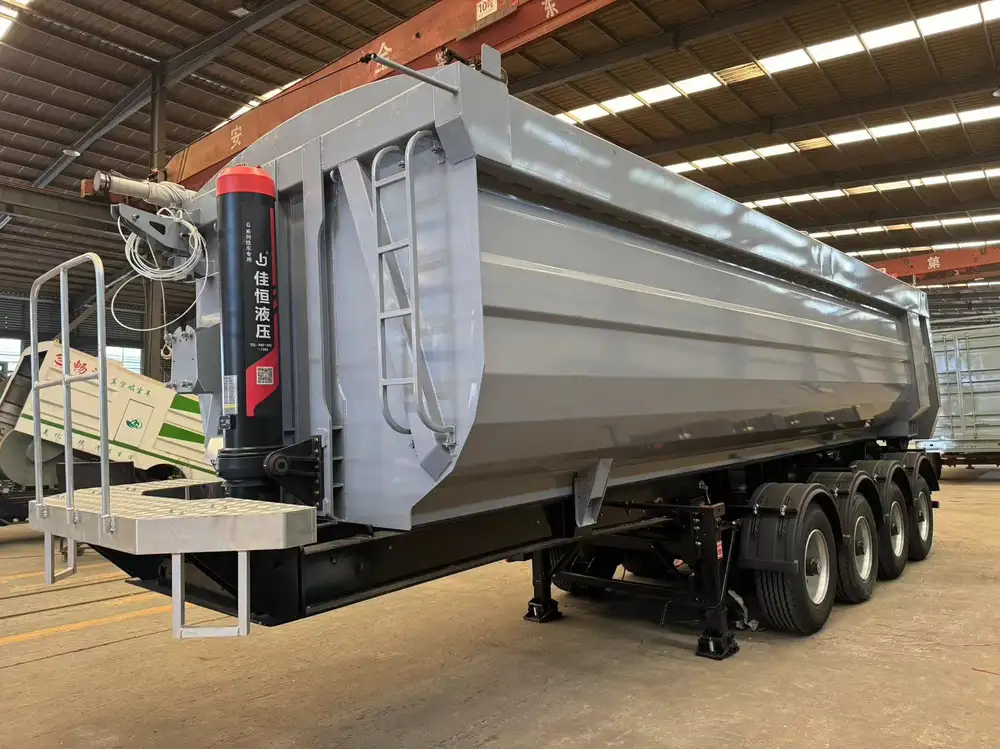
Standard Flatbed Trailer Dimensions
Flatbed trailers come in various standard sizes to cater to different transportation requirements. Below is a table outlining the common dimensions:
| Dimension Type | Measurement Range |
|---|---|
| Length | 28 to 53 feet |
| Width | Typically 8.5 feet |
| Height | Ground to 48 inches |
| Weight Capacity | 20,000 to 80,000 pounds |
Length Variations
- 28-Foot Trailers: Suitable for smaller loads and easier maneuverability in urban settings.
- 40-Foot Trailers: A balanced option for medium-sized cargos, offering versatility.
- 53-Foot Trailers: Ideal for large-scale transportation, accommodating substantial loads efficiently.
Width Considerations
The standard width of 8.5 feet aligns with regulatory limits, ensuring that the trailer can be legally transported across most highways without requiring special permits.
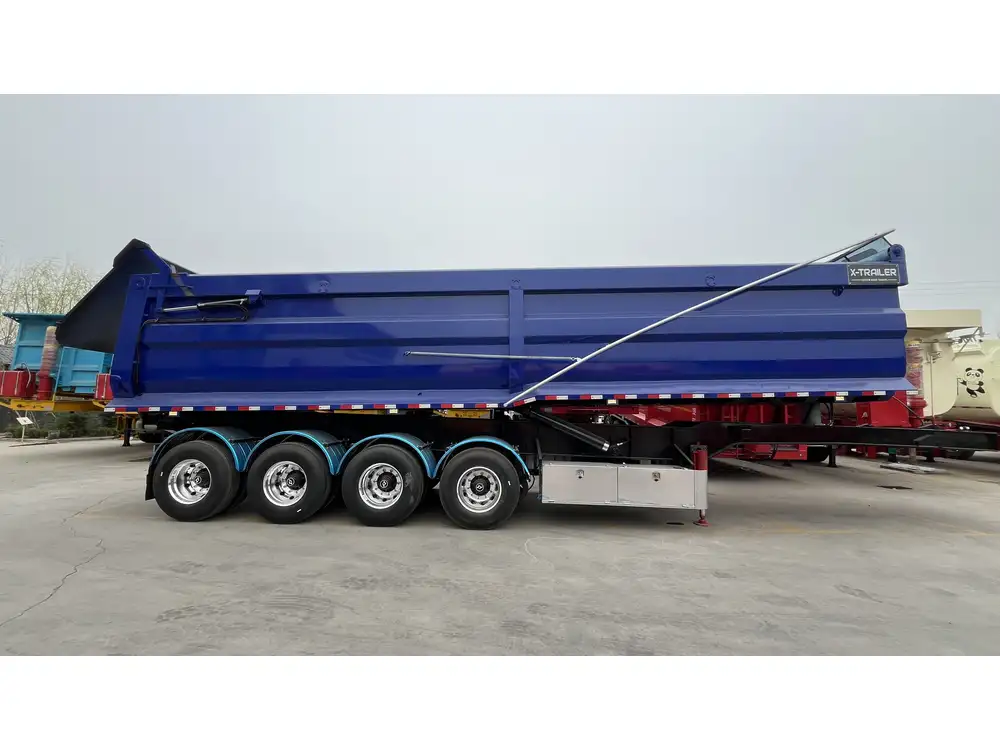
Height Specifications
A height of 48 inches from the ground is typical, providing ample clearance for various loads while maintaining stability during transit.
Customizing Flatbed Trailer Dimensions
While standard dimensions cater to a broad range of needs, customization offers tailored solutions for specific requirements. CarMax Vehicle specializes in customizing flatbed trailers to match unique cargo dimensions and logistical demands.
Factors Influencing Custom Dimensions
- Cargo Specifics: Size, weight, and shape of the materials to be transported.
- Route Conditions: Terrain, bridge heights, and clearance limitations.
- Regulatory Compliance: Adhering to regional and national transportation laws.
- Operational Efficiency: Enhancing loading/unloading processes and overall workflow.
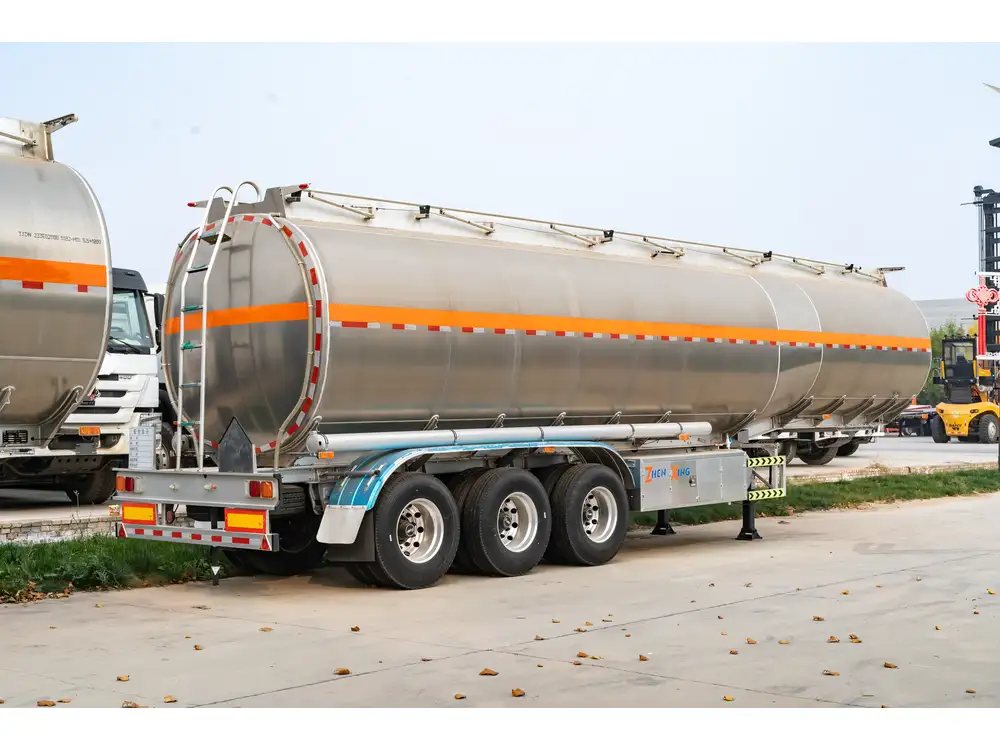
Customization Options
- Extended Lengths: For exceptionally large or numerous items.
- Adjustable Widths: To accommodate varying cargo sizes without compromising stability.
- Modular Designs: Allowing for reconfiguration based on different transportation needs.
Load Capacity and Trailer Dimensions
The relationship between a trailer’s dimensions and its load capacity is pivotal. A trailer’s structure must support the intended weight without compromising safety or performance.
Calculating Load Capacity
Load capacity is determined by:
- Axle Configuration: Number of axles and their distribution affect weight distribution.
- Frame Strength: Material and construction quality ensure durability and load support.
- Tire Specifications: Designed to handle specific weight ranges and provide traction.

Impact of Dimensions on Capacity
- Length: Longer trailers can distribute weight more evenly, supporting heavier loads.
- Width: Wider trailers allow for better weight distribution across a broader base.
- Height: Higher trailers can accommodate taller cargos but must maintain balance to prevent tipping.
Comparing Flatbed Trailer Dimensions with Other Trailer Types
Understanding how flatbed trailers compare to other trailer types in terms of dimensions helps in selecting the most suitable option for specific transportation needs.
| Feature | Flatbed Trailers | Enclosed Trailers | Refrigerated Trailers |
|---|---|---|---|
| Length Range | 28 to 53 feet | 16 to 53 feet | 28 to 53 feet |
| Width | 8.5 feet (standard) | 8.5 feet (standard) | 8.5 feet (standard) |
| Height | 48 inches | Varies, typically higher | Varies, includes refrigeration units |
| Cargo Type | Oversized, irregular shapes | General freight, enclosed goods | Perishable items requiring temperature control |
| Accessibility | Open loading area | Secured and enclosed space | Secured and enclosed space with access to refrigeration controls |
| Customization | High flexibility for various loads | Limited to enclosed configurations | Specialized for temperature-controlled cargos |
Legal Regulations and Flatbed Trailer Dimensions
Compliance with transportation regulations is non-negotiable. Flatbed trailer dimensions must align with federal and state laws to avoid penalties and ensure safe transit.
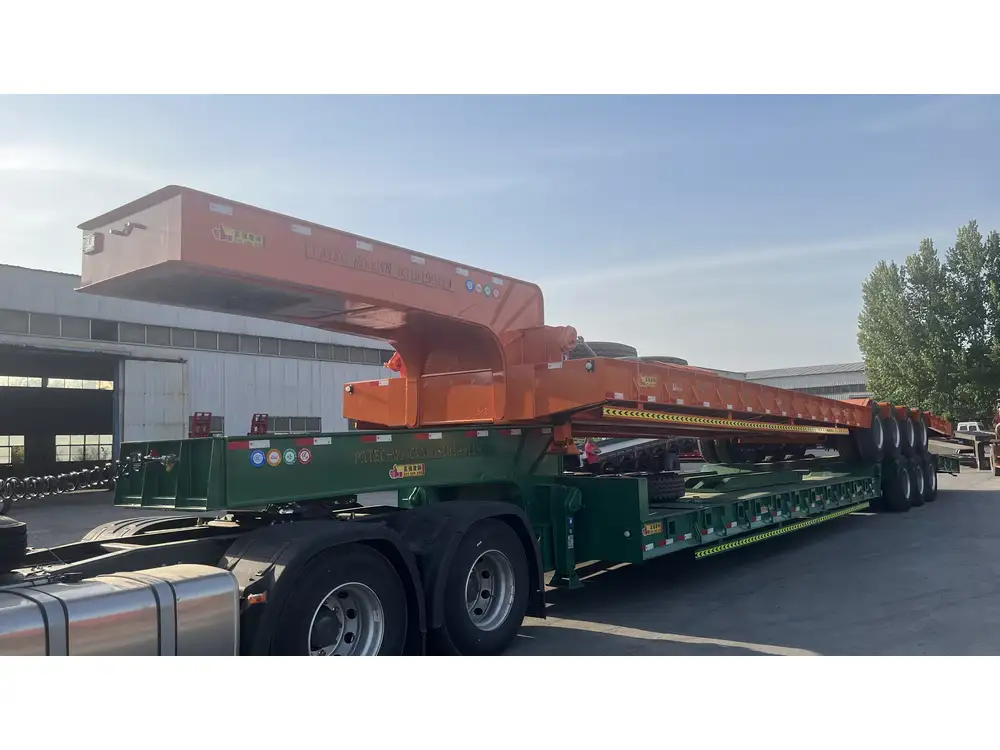
Key Regulatory Standards
- Maximum Length: Typically up to 53 feet on highways without special permits.
- Maximum Width: Generally restricted to 8.5 feet to prevent road and traffic issues.
- Height Restrictions: Capped at 13.5 feet in most jurisdictions to accommodate bridge clearances.
- Weight Limits: Vary by state but often capped at 80,000 pounds gross vehicle weight rating (GVWR).
Permits and Exceptions
For trailers exceeding standard dimensions, obtaining special permits is necessary. CarMax Vehicle offers guidance on navigating the permit acquisition process for oversized loads, ensuring legal compliance and smooth transportation.
Choosing the Right Flatbed Trailer Dimensions for Your Needs
Selecting the appropriate dimensions involves assessing your specific transportation requirements against the available trailer options. Consider the following steps:

Assessment of Cargo
- Size and Shape: Determine the largest dimensions of your cargo to ensure it fits within the trailer.
- Weight: Verify that the trailer’s load capacity can safely transport your materials.
Route Analysis
- Terrain: Evaluate whether the trailer dimensions are suitable for the roads and pathways your cargo will travel.
- Regulations: Ensure compliance with the dimension and weight regulations of all regions along the route.
Operational Efficiency
- Loading and Unloading: Choose dimensions that facilitate easy access and handling of the cargo.
- Storage: Consider how the trailer dimensions will fit into your storage facilities when not in use.

Budget Considerations
- Cost Implications: Larger trailers generally cost more upfront but may offer efficiencies that save money in the long run.
- Maintenance Expenses: Evaluate ongoing maintenance costs related to the trailer’s size and complexity.
Maintenance Tips for Flatbed Trailers of Various Dimensions
Proper maintenance extends the lifespan of your flatbed trailer and ensures it remains safe and efficient. Tailored maintenance strategies based on trailer dimensions can prevent common issues and reduce downtime.
Regular Inspections
- Structural Integrity: Check for any signs of wear, rust, or damage to the trailer frame.
- Axle and Suspension: Ensure axles are securely attached and suspension components are functioning correctly.
- Tires: Monitor tire pressure and tread depth, replacing as necessary to maintain load stability.

Cleaning and Upkeep
- Debris Removal: Regularly clear the trailer bed of any debris to prevent buildup that can damage the trailer surface.
- Protective Coatings: Apply rust-resistant coatings to protect against corrosion, especially for larger trailers exposed to harsh conditions.
Specialized Maintenance for Custom Dimensions
- Weight Distribution: Ensure that any custom dimensions do not adversely affect weight distribution, adjusting as needed.
- Modular Components: For trailers with adjustable or modular parts, perform specific checks on these components to ensure they maintain their functionality.
Advancements in Flatbed Trailer Design and Dimensions
The flatbed trailer industry is continually evolving, with advancements aimed at enhancing durability, efficiency, and adaptability. Understanding these innovations can help you stay ahead in the competitive transportation landscape.
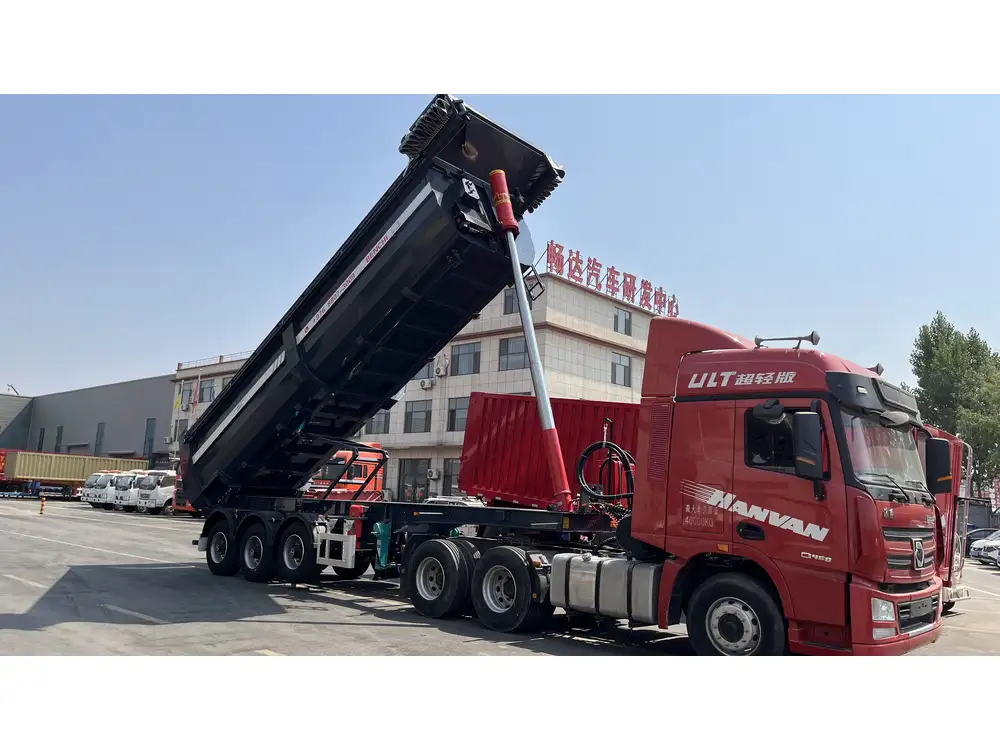
Material Innovations
- High-Strength Alloys: Utilize lighter yet stronger materials to increase load capacity without adding significant weight.
- Composite Materials: Integrate composites for enhanced durability and resistance to environmental factors.
Design Enhancements
- Aerodynamic Features: Reduce drag to improve fuel efficiency and reduce operating costs.
- Modular Designs: Allow for quick reconfiguration to accommodate different cargo sizes and shapes.
Technological Integrations
- Smart Trailer Systems: Incorporate sensors and IoT devices for real-time monitoring of trailer conditions and cargo status.
- Advanced Braking Systems: Enhance safety with automatic braking and stabilization technologies tailored to trailer dimensions.
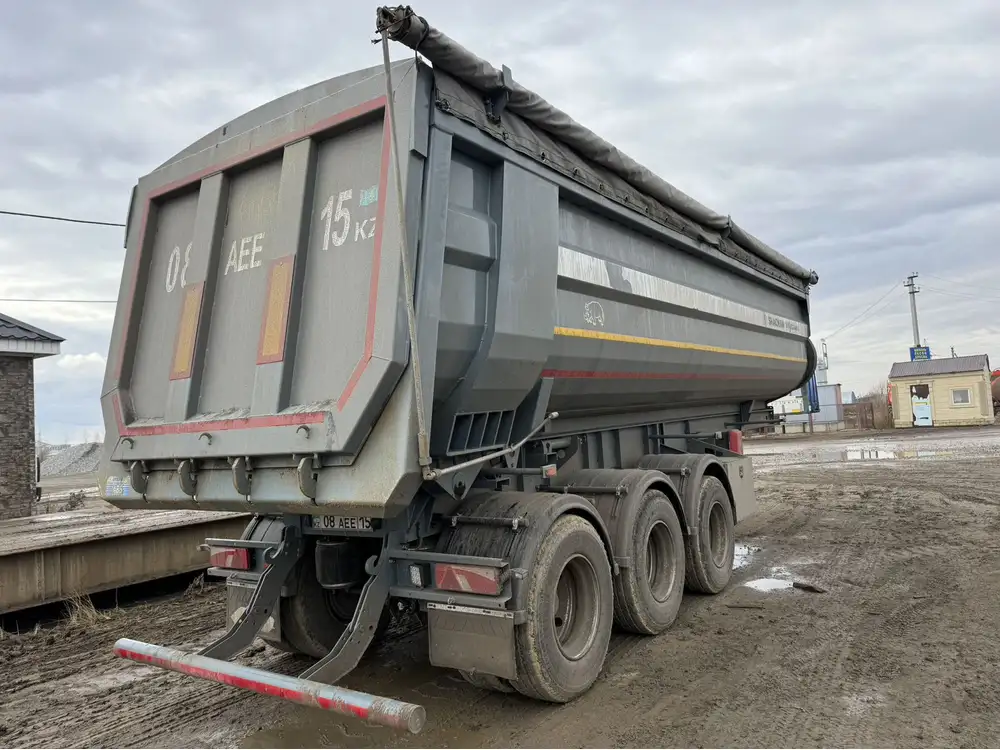
Benefits of Choosing CarMax Vehicle for Flatbed Trailer Solutions
CarMax Vehicle stands out in the market for its commitment to quality, customization, and customer satisfaction. Here’s why partnering with us is advantageous:
- Expertise in Dimensions: Extensive knowledge in optimizing trailer dimensions for diverse transportation needs.
- Customization Capabilities: Tailor-made solutions that align with your specific cargo requirements and operational constraints.
- Regulatory Compliance: Ensuring all trailers meet or exceed regional and national transportation standards.
- Durability and Reliability: Use of high-quality materials and construction techniques for long-lasting performance.
- Comprehensive Support: From selection to maintenance, we provide end-to-end support to ensure your flatbed trailers operate seamlessly.
Conclusion
Flatbed trailer dimensions are a fundamental aspect influencing the efficiency, safety, and compliance of your transportation operations. At CarMax Vehicle, we offer a wide range of flatbed trailers with varied dimensions, customizable to meet your specific needs. By understanding the importance of proper dimensions, adhering to regulations, and leveraging advancements in trailer design, you can optimize your logistics processes and achieve greater operational success.
Frequently Asked Questions
1. What are the standard length options for flatbed trailers? Standard flatbed trailers typically range from 28 to 53 feet in length. The 40-foot and 53-foot trailers are the most common, offering a balance between maneuverability and load capacity.
2. How does trailer width affect transportation regulations? The standard width for flatbed trailers is 8.5 feet, aligning with federal and state regulations. Exceeding this width may require special permits and could restrict access to certain roads and highways.
3. Can flatbed trailers be customized for specific cargo requirements? Yes, flatbed trailers can be customized in terms of length, width, and height to accommodate unique cargo dimensions and shapes, ensuring optimal load compatibility and transport efficiency.
4. What maintenance practices are essential for flatbed trailers? Regular inspections of structural integrity, axle and suspension components, and tires are crucial. Additionally, keeping the trailer clean, applying protective coatings, and maintaining modular components are vital for longevity and performance.
5. How do flatbed trailer dimensions impact load capacity? Larger trailer dimensions generally allow for better weight distribution and higher load capacities. Proper alignment of trailer size with cargo weight ensures safety and compliance with transportation regulations.



